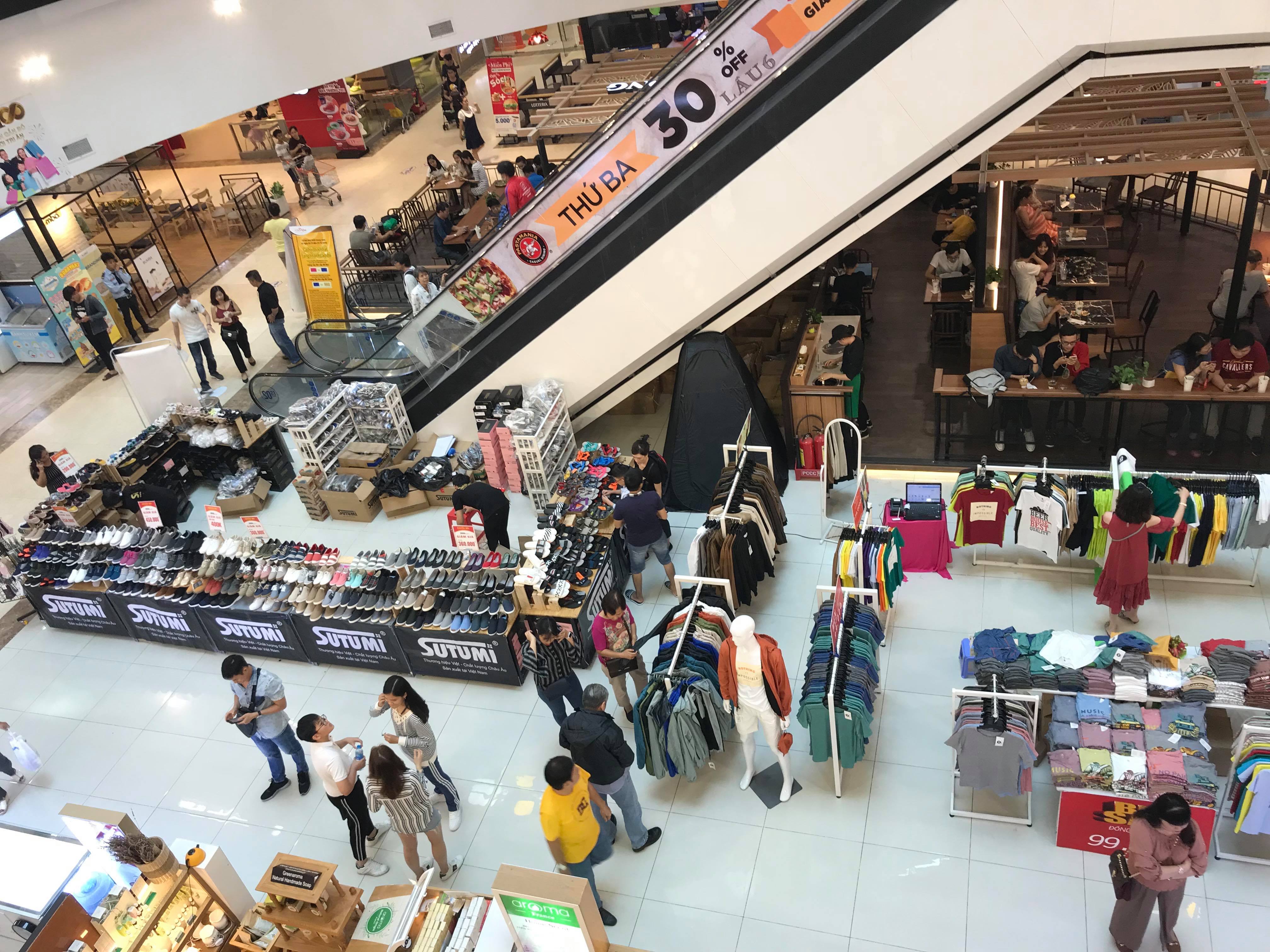As Vietnam’s middle class continues to grow, concerns over quality, healthy impact, and social status are beginning to play larger roles in Vietnamese consumers’ willingness to open their wallets for high-end products.
The behavior of Vietnamese consumers is shifting, Le Thi Thu Trang, a consumer behavior researcher with Nielsen Vietnam, said at a conference on the local retail market in Ho Chi Minh City on Wednesday.
In comparison with other Southeast Asian countries, Vietnamese consumers with the financial capabilities to purchase luxury goods are less focused on price tags and more concerned about a product’s function, practicality, design, components, or ingredients, Trang said, citing findings from a recent Nielsen report.
Purchasing luxurious goods also provides Vietnamese consumers with confidence and a feeling of successfulness, Trang said, adding that local consumers are particularly health-conscious and therefore willing to spend more on high-quality healthcare related goods.
“Vietnamese luxury goods consumption is increasing, especially for organic, natural, or healthy products,” she elaborated.
“Even though the proportion of these goods is relatively insignificant compared to other necessities, the consumption rate of these products is growing at double-digit rates.
“A perfect example is the popularity of natural toothpaste, which is growing at 65 percent per year.”
The Nielsen representative also shared that the Vietnamese market is not as willing to spend large sums of money on fast-moving consumer goods such as toiletries, beverages, and packaged goods, as they are on electronics and pharmaceuticals.
Though many brands are capitalizing on the shift in consumer habits, a huge percentage of the country’s retailers are still not leveraging big data in order to better understand the market’s needs, provide better services, and respond to technological innovation.
The Nielsen research also suggests that Vietnamese consumers prefer spending money in places with a wide variety of spending options.
Nguyen Huy Hoang, commerce director of Kantar Worldpanel Vietnam, backed Nielsen’s findings, citing Aeon Mall, a Japanese shopping mall chain whose properties typically house big brands, grocery stores, gaming centers, food corners, and luxurious restaurants, as a prime example of a venue where Vietnamese shoppers are willing to spend big.
Despite most Aeon Mall outlets being located away from the city center, such as the Aeon Mall in Binh Tan District, Ho Chi Minh City, each location boasts huge numbers of customers.
As such, Kantar’s research suggests that Vietnam will continue to grow its number of shopping malls and convenience stores, Hoang told the same conference.
The research also pointed out that the 20-40 age bracket contributes the most to the market’s revenue, and that imported and branded goods are becoming increasingly preferred by consumers compared to previous years.
In 2017, Vietnam’s retail market attained approximately VND4 trillion (US$170 million) in revenue, according to the General Statistics Office of Vietnam.
The market also saw a growth rate of 10.9 percent between 2016 and 2017.
Like us on Facebook or follow us on Twitter to get the latest news about Vietnam!
















































